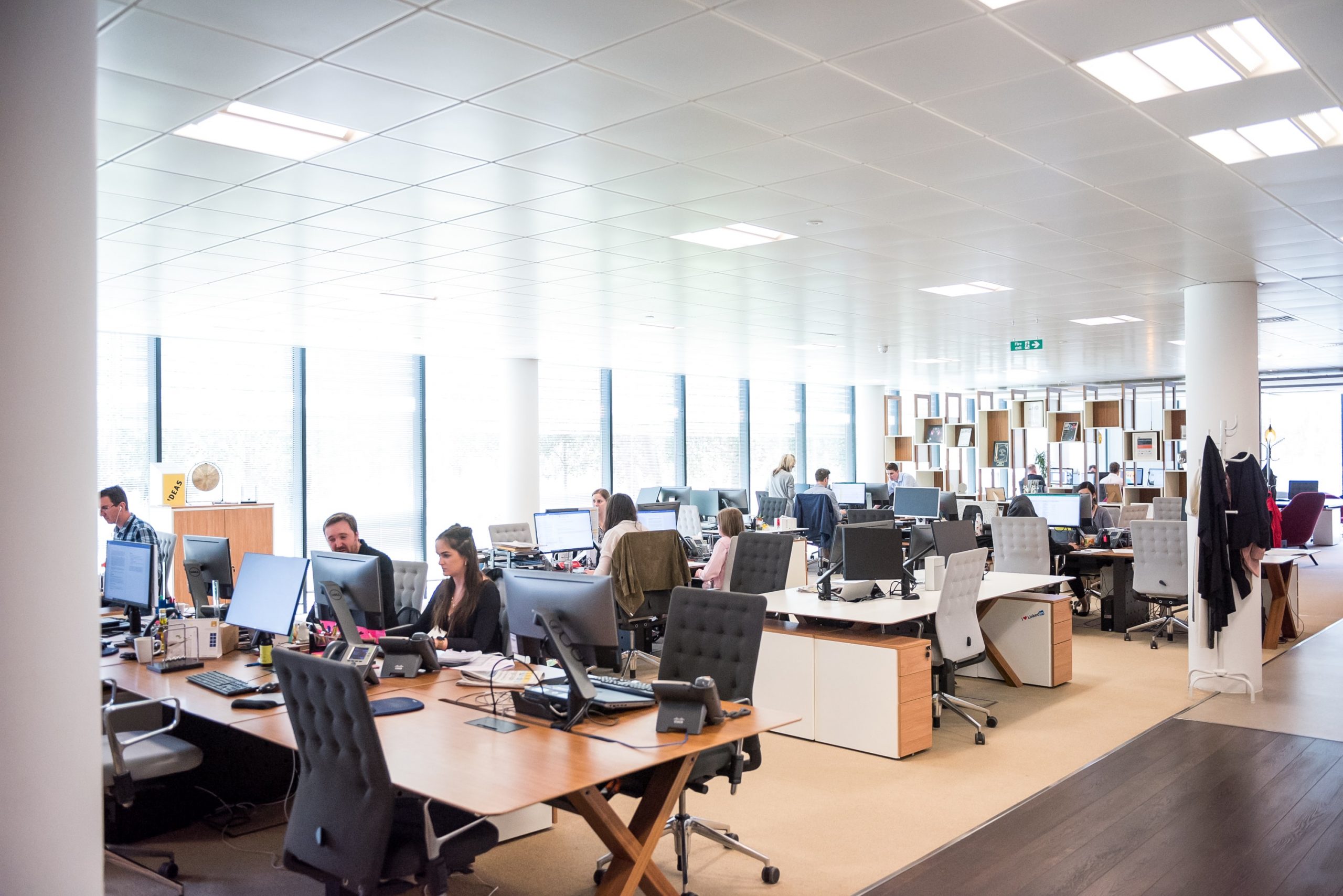
What Career Development Looks Like in the Canadian Workplace
June 10, 2015
Editor’s Note
June 10, 2015By John Horn
Advice on improving employee engagement, from an organization that takes career development seriously
Career development within organizations is at its best when corporate culture, learning experiences and peoples’ individual growth align to serve the organization’s vision and values. Vancity is one of Canada’s largest financial co-operatives and our vision to redefine wealth requires us to think and act differently. One of the ways that we are connecting our employees with our vision is through our Orientation Immersion program. Over five days, new and existing employees engage in the Vancity culture by experiencing how we are improving the financial well-being of our members while building healthy communities that are socially, economically and environmentally sustainable. 
Understand the ‘why’
In Orientation Immersion, we kick-off the week with an activity called #MyWhy – new employees share why they applied to work at Vancity and employees who have been with us for five, 10 or 35 years share why they’re still here. It’s important to communicate why your organization exists. It’s essential for employees to understand how to grow and connect what they are doing with the vision of the organization. Another example of engaging employees is by using a hashtag so they can share and talk about their ideas across our internal social network. Many people are drawn to our organization for different reasons; we want our employees to really think about the connection between what they do every day and how that is making an impact in the communities where we live and work. For many of your clients, however, their “why” might focus on getting a paycheque or learning a certain skill that will prepare them for their next professional opportunity. Whatever the case, knowing why you are working matters.
Cultivate the table stakes
“Table stakes” is a poker term meaning that players agree on a betting limit – or cash stakes – for the hand. In career development, table stakes are the things that your clients must have, such as communication skills, the ability to collaborate, resilience, positivity, and the ability to adapt when the world of work changes. Building a vibrant career in any organization means honing these essential professional competencies by how you read and write emails, participate in meetings, and start a new task that you haven’t been trained to perform. This is the stuff that everyone needs to be good at to keep a job and be prepared to bring one’s career to the next level.
Know how to be present
How many times do you hear phrases like “Ugh, it’s Monday!” or “Thank goodness it’s Friday, right?!” Many employees spend time anticipating a future event and focusing on experiences that have past. It’s not often that we live in the moment and are completely present for the conversations and tasks that make up our jobs. There are two abilities that people everywhere in every profession, trade and vocation can get better at: listening and empathy. Bookstores, libraries and the Internet are full of resources and activities that are designed to help us become better listeners. Empathy is powerful. When we seek to truly understand where another person is at, we deepen our connection to this person and learn how to communicate, collaborate or serve them differently. Having empathy for our colleagues and really listening to what’s going on for people maximizes efficiency in meetings, reduces errors in decision-making, and curtails hurtful workplace gossip.
Lean into challenges
Often at work our instincts tell us to embrace what comes easiest to us and run away from the hard stuff. When we embrace difficult tasks and conversations we not only learn how to apply our strengths and experiences in new ways (especially when we fail!), but we also normalize such behaviour across the entire organization. Even the simple action of starting your meetings – every meeting – right on time changes behaviour. It will be uncomfortable for people at first – after all, this is shifting culture from accepting lateness towards being on time. After a few meetings with this approach, you may notice the change eventually is embraced. Advise your clients to think about a few things that make them nervous and help them create a plan for how they might tackle the problem or lean into their next difficult conversation.
Get work done across divisions
Whether formally or informally, career development within organizations is best done by building cross-functional working relationships. These experiences can be formal opportunities, such as a university-wide advising strategy or a massive renewal of outdated technology, that require people from IT, HR, Operations, Marketing and Strategy Divisions to collaborate in service of the change. Building cross-functional relationships can be done informally, too. For example, Vancity has several peer-mentoring “circles” that simply require people to connect (the group I’m in meets monthly) to talk through problems, discuss personal and professional goals, and receive feedback and ideas about career planning. Employees keen to build their career within an organization should seek out these kinds of experiences and build the relationships and knowledge from around the entire organization.
Master the art of reflection
Our work is full of experiences. Challenges can arise each and every day. However, not everyone takes the time and puts forth the intention to make meaning of these experiences with the art of reflection. By using simple tools like journaling, mindful meditation, mind-mapping or conversation we can better understand our purpose at work, how our behaviour is affecting others, and what opportunities to align our strengths and experiences with.


